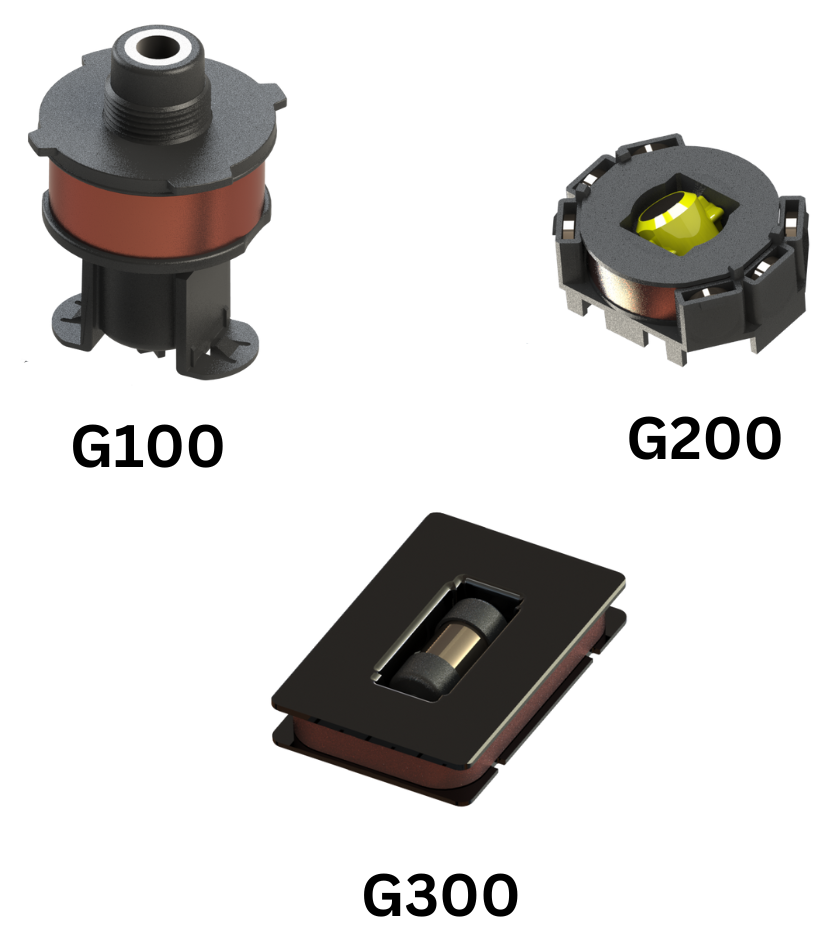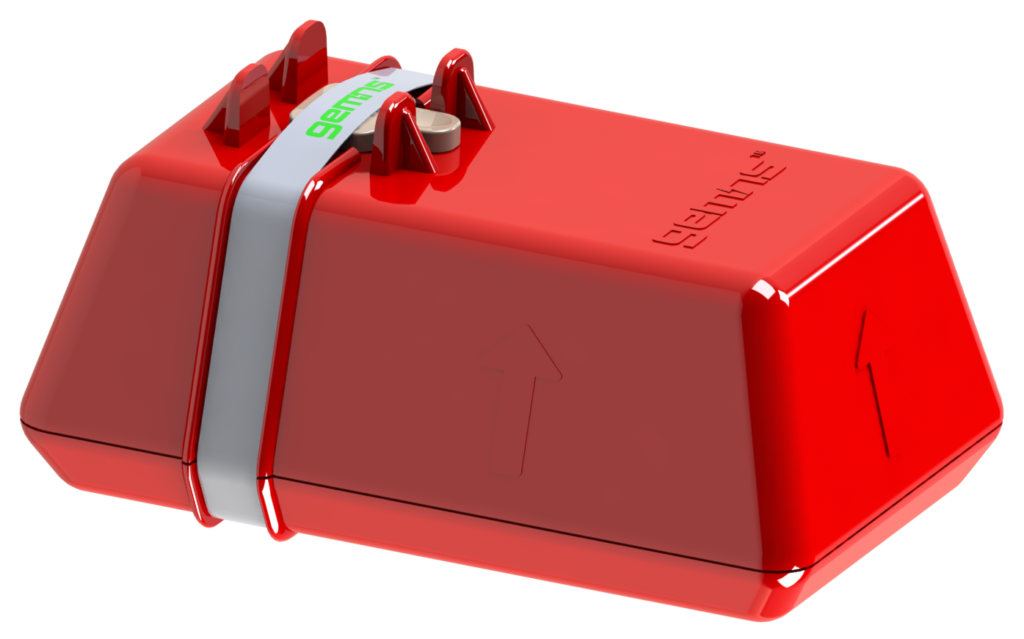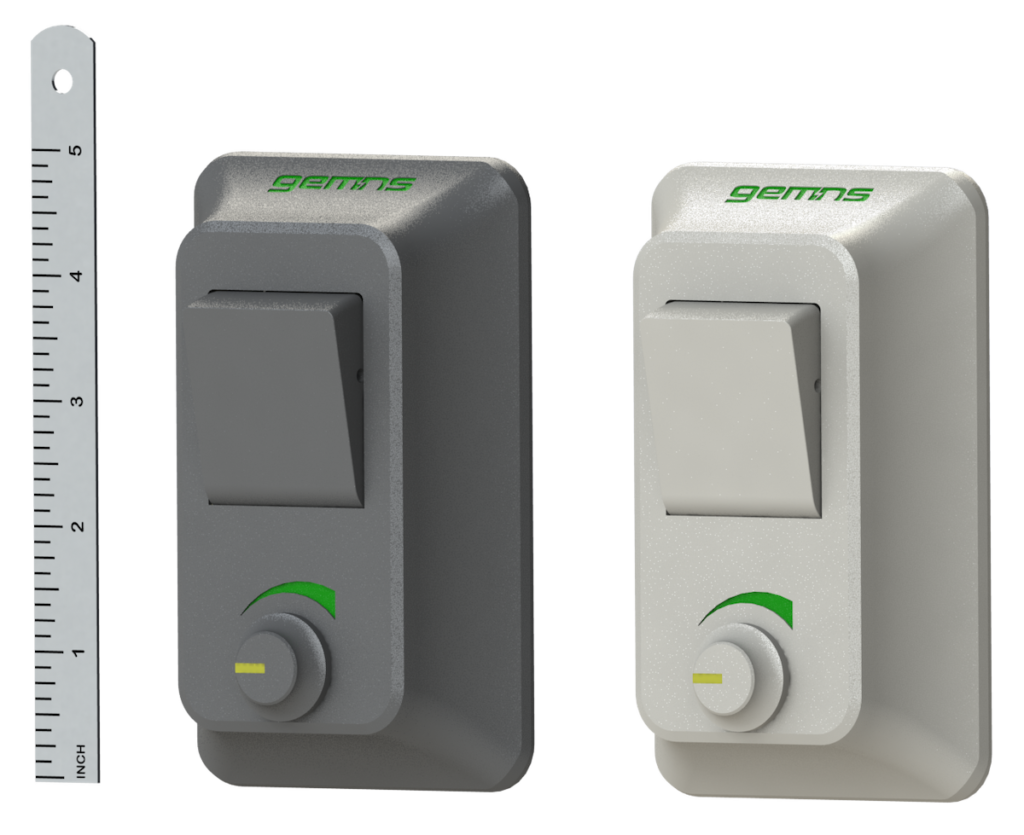I have a love-hate relationship with battery powered smart home devices. On the plus side, battery powered devices can be placed anywhere and aren’t limited by the locations of outlets, and they don’t require unsightly “wall wart” power supplies or power cables strung around a home.
On the downside: Murphy’s law is always in effect and a battery will fail at the most inconvenient time possible. Then you will miss the notification that a battery in a smart home sensor is low and be unaware that a key sensor has stopped working and your home is left unprotected. Of course, smart home sensors tend to be placed in locations where it is inconvenient to access them to change batteries to begin with.
On top of that, many smart home devices are powered by disposable AA and AAA batteries. When not recycled (and most aren’t), there is the potential for harmful chemicals to leach into the environment, contaminating soil and groundwater. And for those smart home devices that are powered by internal rechargeable batteries, they have to be taken out of service for the occasional recharging.
(Catch your breath.)
WePower Technologies is trying to change all this by eliminating the need for batteries in IoT devices to begin with.
WePower Technologies
WePower has developed their patented Gemns energy harvesting solutions for wireless data transmitter applications in IoT devices for industrial, automotive, smart home, smart buildings, and aerospace applications. WePower’s mission is to “engineer reliable, scalable, sustainable energy harvesting solutions that power the IoT all while improving product design, performance, and weight, and eliminating wasteful batteries.” WePower was founded in 2019 by Larry Richenstein, a veteran of the wireless consumer device industry.
Energy Harvesting Generator Technology

WePower has developed Energy Harvesting Generator (EHG) technology for harvesting kinetic energy to power IoT devices and eliminate the need to power IoT devices with batteries. To date, WePower has developed three EHGs, all of which use Gemns technology utilizing rare earth magnets to capture and utilize kinetic energy:
- G100 EHG Wireless Push Button – A pushbutton switch that generates power when the switch is pressed.
- G200 EHG – A permanent magnet housed in an induction coil that generates electricity when the magnet spins. The G200 is approximately 1” in diameter and under ½” thick allowing it to easily fit in a smart home sensor in place of batteries.
- G300 EHG Switch – A bidirectional slide action switch that generates power when the switch is slid.
Each of these devices is capable of driving a transmitter operating on BLE, LoRa, Thread, Matter, Z-Wave, or Frequency-shift keying (FSK) technologies.
Reference Designs
At CES 2025, WePower exhibited two reference designs that demonstrated the capabilities of WePower’s Gemns EHG technology. The first was a Z-Wave leak sensor. Unlike a switch, where the kinetic energy operating the switch can be harvested to power a transmitter, WePower had to develop a creative way of harvesting energy in a leak sensor.

For the leak sensor, energy is “preloaded” into the sensor through a magnetic load tray swiped across the bottom of the product. This action “winds up” the G200 permanent magnet rotor enclosed within the sensor. When a liquid sensitive film strip on the underside of the sensor is exposed to liquid, the G200 is released and energy is generated. This energy powers an internal micro controller through cold boot, establishing a connection to the Z-Wave network, and sends a notification. Once used, the liquid sensitive film strip has to be replaced by the user.
This design is very reliable and flexible. First, the kinetic energy stored by the leak sensor doesn’t degrade over time. There is no risk that the device won’t operate properly when triggered by liquid. In addition, a film strip on a residential leak detector would release the energy stored in the G200 when exposed to any liquid. But, film strips with different properties could be used in industrial applications to only detect specific chemicals. For example, in an oil refinery a film strip might be engineered to ignore water and only react to a leak of petrochemicals.
WePower’s leak sensor demonstrates how creative engineering can utilize energy harvesting technology in applications where kinetic energy isn’t available to generate electricity.

The second reference design shown by WePower at CES was the Gemns wireless/battery-free light controller. Utilizing Gemns patented EHG technology, the light controller has a built-in potentiometer and can control a connected smart bulb (or group of lights controlled by a wireless hub) by utilizing the energy from the push of a button. The on-board microprocessor reads the position of the potentiometer and if it has changed since the last button push, it will adjust the light level accordingly. If the potentiometer has not changed position, the light controller will simply toggle the on/off state of the light. Since the light controller has no batteries or wires, it can be placed anywhere and is even portable. This is extremely helpful in places such as Europe where batteries will be outlawed in lighting controls.
EHG is an emerging technology that will make smart home devices more convenient to work with and more environmentally sound. WePower is leading the development of this technology for IoT devices and the smart home.
WePower has overcome a number of challenges in the design of energy harvesting technology where the internal micro-controller that operates the smart device is not powered until electricity generated by kinetic energy is applied. So, the micro-controller has to boot, read data from internal sensors, establish a wireless connection to a processor / hub, and transmit the data:
- Before the power from the kinetic action is exhausted.
- In a timely fashion so a user doesn’t notice latency between, for example, the pressing of a button and a light turning on.
- With sufficient power output that the signal from the smart device can be received by a processor / hub located at some distance from the smart device transmitting the data.
WePower has solved these problems. For example, the latency between a kinetic action and the data being acted on by a processor / hub is only 10-20ms. And, the measured output of the transmitted signal from a WePower device is 8 dBm (Decibel-milliwatt). This is thirty to forty times the signal output of competing products.
WePower does not manufacture or sell any products. All the products they showed at CES are reference designs that demonstrate the capabilities of the technology. These designs will be licensed by partner companies and incorporated into their product lines with designs and aesthetics of the partner company. So, given the interest shown in WePower’s two reference designs at CES, you can expect to see leak detector and lighting control products based on WePower’s reference designs in the not-too-distant future.
In the meantime, WePower will be hard at work on additional reference designs that incorporate their Gemns EHG technology.








